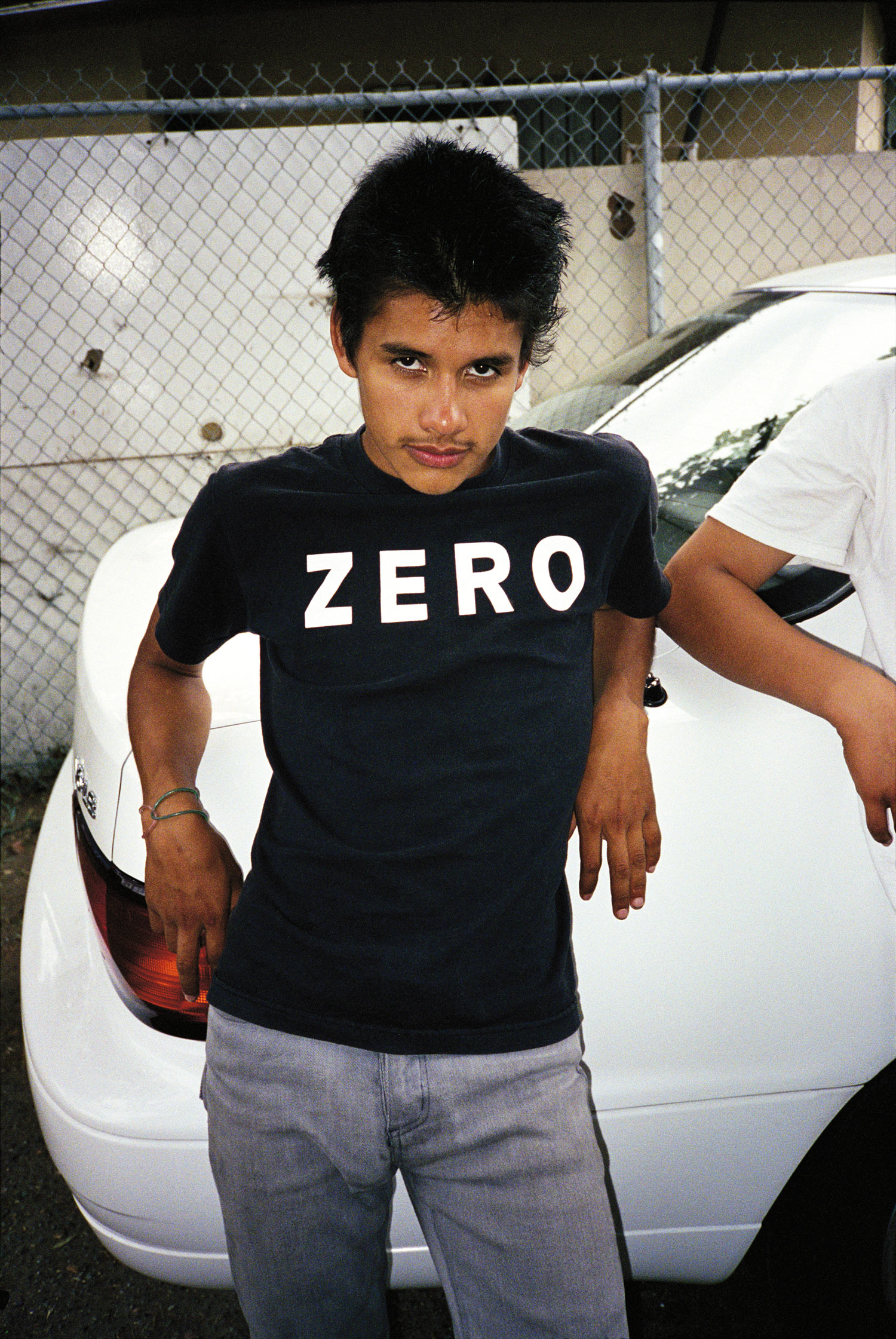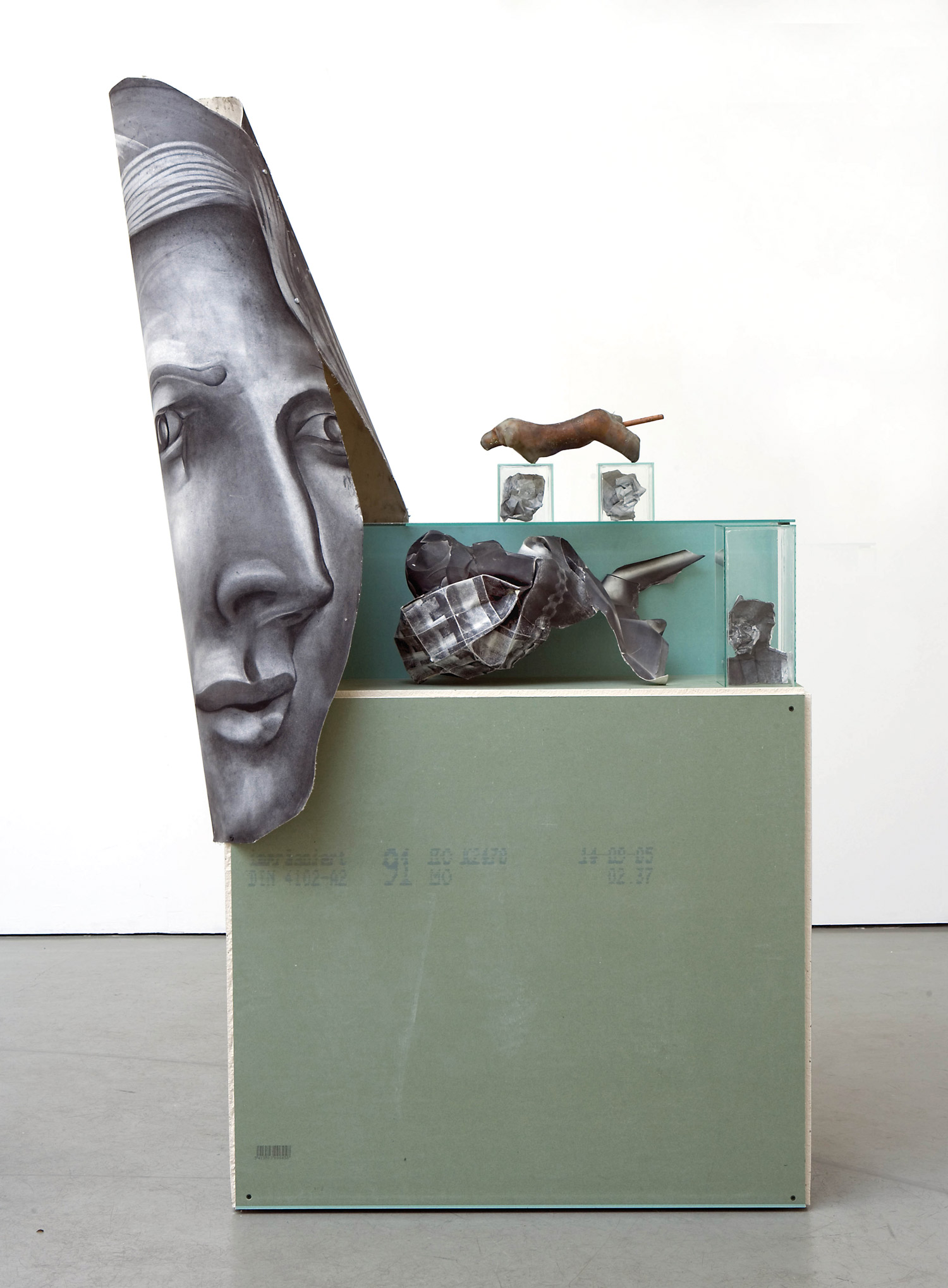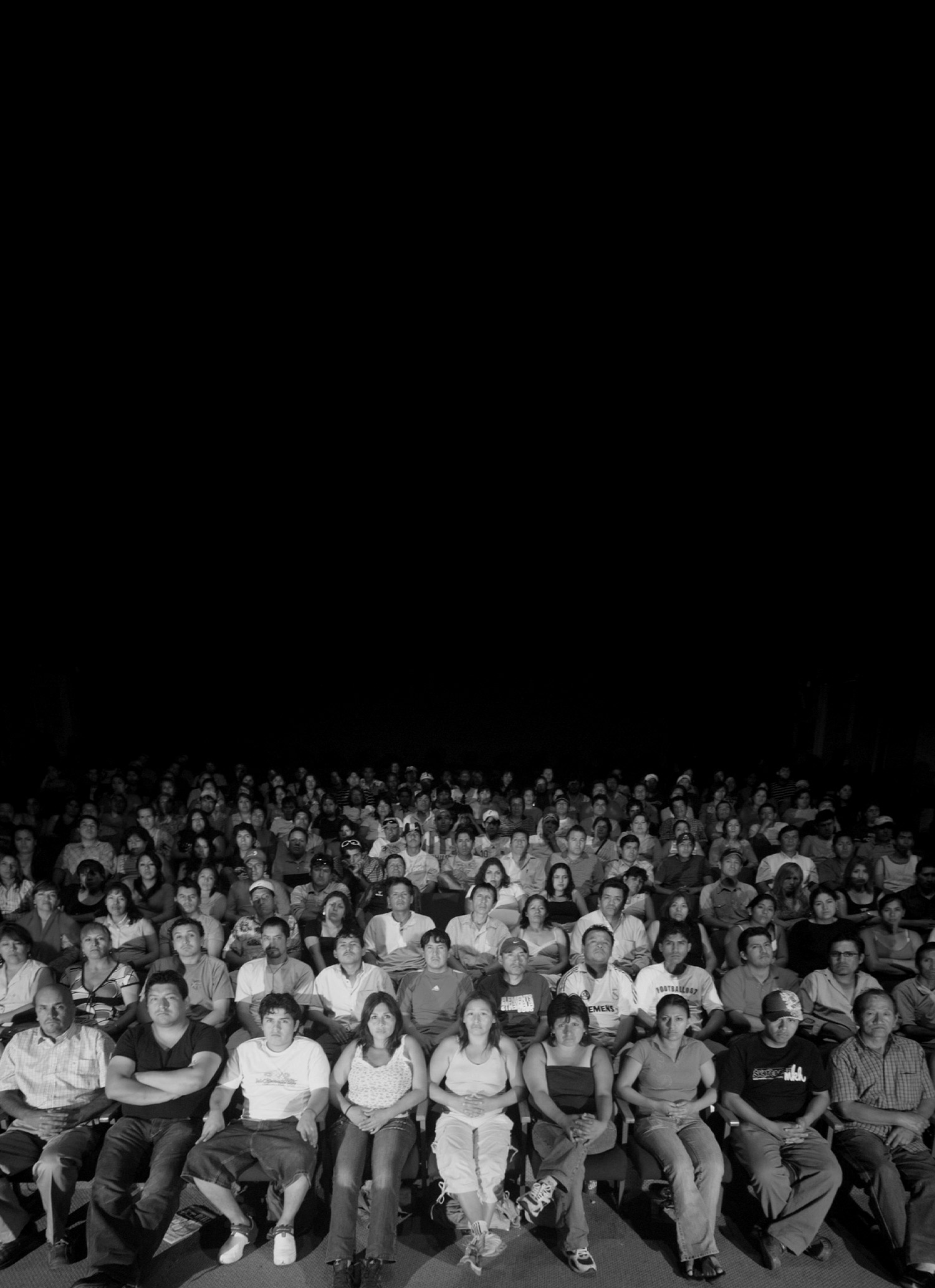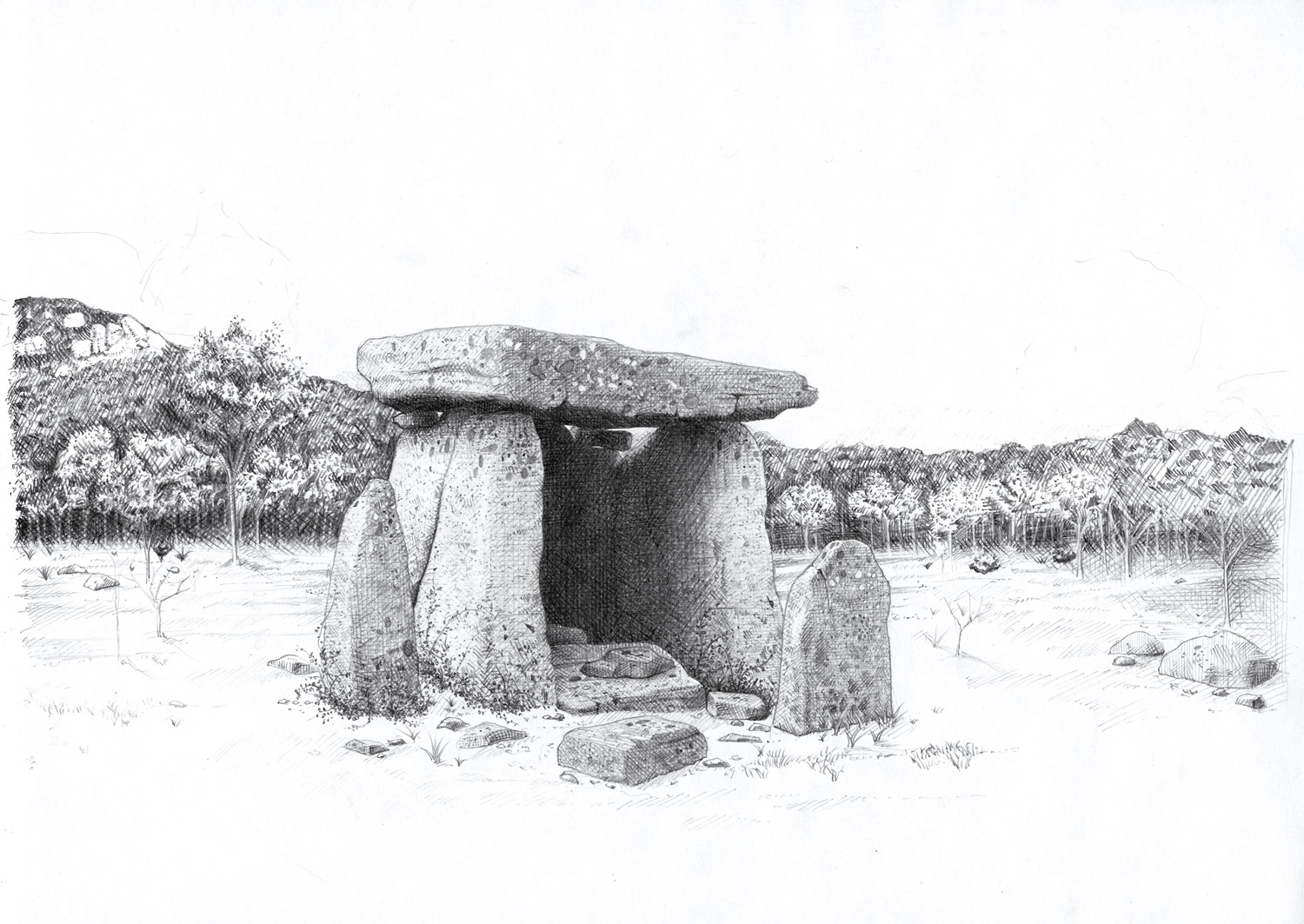
It may sound odd, but if you’re new to Oslo and its small but exquisite art scene, then Berlin is a good place to start. Sounds absurd? Think again. Ever since Oslo overtook Tokyo as the most expensive city in the world, at least in The Economist’s ranking, it’s made good sense to move to the comparatively easy-on-the-wallet German capital. With cheap connecting flights, Berlin is an attractive intermediate location for young Norwegian artists, and an excellent place for cost-effective production, as Marta Kuzma explains. Starting in 2006, the former Manifesta 5 co-curator has been director of Olso’s OCA (Office for Contemporary Art), which forges relations between the international and Oslo art scenes, plus an intense schedule of publications, seminars and exhibition projects that include a broad range of discourses related to contemporary art practices. Sounds academic? Well, it is, but in the best possible way. Consider for example the title of the current project — “Whatever Happened to Sex in Scandinavia?” — which reflects on the way Scandinavian countries were once regarded as a mythical liberated sexual utopia.
So is Oslo doing it? Absolutely, albeit in a rather Scandinavian way, which can be at times both radical and yet controlled. One of the main protagonists of the younger generation is Matias Faldbakken, more famous in literary circles as the author of Scandinavian Misanthropy, The Cocka Hola Society and Macht und Rebel, who may be the secret artist role model in Oslo, as a young art student confessed to me one evening: “Everybody wants to be like Matias, so smart and successful.” Maybe it was sarcasm, given that internationally the artist is still considered ‘emerging,’ but it sure goes down well with a no-limits fundamental negativism in Faldbakken’s hard-boiled literary satires, which also influence his works of art. An example of his crossbreeding of ideas is the gargantuan Coffeetableization of Everything, an outsized atrocity of a book, bitterly mocking the success of the omnipresent coffee table format as an indication of the way expanding liberalism and pluralism requires subversion to go to even more extreme lengths. This nicely reflects the artist’s interest in how systems of power determine systems of knowledge, order and exchange.
The young scene in Oslo benefits from a dynamism fostered by artists like Børre Sæthre, Knut Åsdam, Gitte Villesen and Bjarne Melgaard, who successfully permeated the international art scene on the strength of their works as individual artists — unlike the YBA posse. Today a substantial role is still played by the Oslo Art Academy, which, in spite of its success in producing a number of very promising young artists in recent years, saw its independence seriously compromised when it suffered the loss of faculty status, after having been integrated into the much larger Oslo National Academy of the Arts (KHIO). This happened against the students’ or teachers’ wishes, and as a result many of the decisions concerning the education of young artists, including the school’s budget, are not in the hands of art professionals anymore, but subject to a large and slow bureaucratic control. It goes without saying that this infringement upon academic freedom is not only counterproductive but will also prove crippling in the long run. However, internationally acclaimed artists and theorists like Henrik Plenge Jakobsen, Gunnar Reski, Anne K. Dolven and Stain Gørgaard are still holding on for the students’ sake and continue to encourage a critical art practice — even if the political environment appears to want to eschew a concept of independent arts, in favor of a cultural industries concept that folds the visual arts into a branch of entertainment economy. “The conditions of artists who refuse to become part of the entertainment economy are deteriorating, because funding for independent projects has decreased. This makes it more difficult for free groups and artists to survive in one of the most expensive countries in the world,” as Tone Hansen, an artist and research fellow at the Oslo Art Academy, pointed out in a text for the European Institute for Progressive Cultural Politics.

Good for Berlin! Young artist Björn Kowalski Hansen, for example, chooses to run his trans-Scandinavian project HåkkiTM from Berlin. It is a fully operative business enterprise functioning at the intersection of art and economics. In an applied exercise of a reverse reading of Naomi Klein’s No Logo, Kowalski Hansen took it as an introduction to inverting the practice of multinational corporations and based a business on integrity and empathy. HåkkiTM was constructed as a double entendre negating the company politics of multinational companies, and it is based in Ljungaverk, Sweden, where the local factory and only major employer has shut down. Kowalski Hansen built up a business that prints funky T-shirts in Sweden and sells them to students in Oslo, producing participation on both symbolic and real levels, visualizing and actively counteracting key economic paradigms and their social and cultural implications, short-circuiting exploitation and initiating a more human model of globalization.
When it comes to educating the Oslo art world, apart from the academy and OCA, the Astrup Fearnley Museum of Modern Art must be discussed. Founded in 1993, it focused intensely on contemporary art, mounting large-scale retrospectives by top-rated artists like Richard Prince, Charles Ray, Jeff Koons and Damien Hirst. One of its landmark shows was “Uncertain States of America,” a survey of young American artists conceived by the Museum’s director Gunnar B. Kvaran, Daniel Birnbaum and Hans Ulrich Obrist in 2005, which has since traveled around the world. While premiering in Olso however, the show was all but upstaged by a remarkable piece of Internet-curating by two art students from the Oslo Art Academy. Ida Ekblad and Anders Nordby set up their exhibition, ambitiously titled “With us against reality, or against us!” in a disused chocolate factory — hence the moniker Willy Wonka Inc. — and asked thirty young artists they liked — including Cory Arcangel, Terence Koh, Dash Snow, Ryan McGinley, Erik van Lieshout and Bjarne Melgaard, to name just a few — to contribute to a volatile hodge-podge of self-empowerment, a “Charles Manson in the chocolate factory” as it was called by the local press. Since then Willy Wonka Inc. has produced a variety of projects, with one foot in subculture and the other in self-organized shows in different spaces, including their own flat, recently celebrating the legendary acid queens in a show called “Dear Cockettes.”
Currently Oslo is seeing the opening of more new galleries, spawned by the success of the gallery Standard, who represents — in addition to international up-and-coming artists such as Michaela Meise and Tauba Auerbach — Faldbakken, Gardar Eide Einarsson (New York’s favorite angry young Viking) and the amazing Are Mokkelbost, who is not only the creator of remarkably beautiful drawings, watercolors and collages, but also a member of the Noise Metal band Kill and is known for outrageous musical solo performances as Single Unit. Mokkelbost’s artistic alchemy focuses on the transgression of objects and colors, snipped from the glamour of fashion magazines, erased of human content and reduced to pure flow, in stark contrast to his explosive musical performances. Another mesmerizing artist from their roost is Ane Graff, who draws with a nerve-wracking sense of control, a fierce rationality and graphic economy. Her work includes photo works and sculptures. These showcase a sensibility concerned with eerily static things — real still lives that try to attain the essential.
A recent addition to the Oslo scene is Lautom Contemporary, representing Øystein Aasan among others, whose conceptual sculpture reflects different strategies of production, from bootlegging to minimal esthetics, probing the artistic ideologies involved and how they influence the reading of art, rendering modernism haunted by narrative, legend and myth. Another contender is Galleri MGM, which also represents master conceptual collaborator Jan Christensen, who lives between Oslo and Berlin, unless he’s out and about in Korea, or tending to the artist-run space in Skien, Norway, that he runs together with fellow artist/author/curator Leif Magne Tangen (who with his project space D12 competes with OCA from unlikely Leipzig, producing remarkable shows with Norwegian, German and international young artists), or currently preparing his solo show at Oslo’s Stenersen Museum. Or the glamorous Josefine Lyche, whose first solo show in Oslo took place at Gallery 0047, titled “Cosmic Dropout,” a stunning show with her Noon Universe, made of 500 prisms as a centerpiece, taking the Neo-Op Art of the likes of Olafur Eliasson to a decidedly female perspective, while enveloping J.G. Ballard’s Crystal World, a perpetual nirvana. Another hot cookie from MGM is Sofie Berntsen, whose solo exhibition at Kunstnernes Hus last spring presented her elaborate pseudo-scientific paperworks in a bizarre progression of vitrines with careful installations of found and collected magazine cut-outs, retro-futurist kitsch objects, pseudo-scientific charts and other paraphernalia oozing sublime clairvoyance, didactic and obscure. Everything made inexplicable sense, with a convincing formal clarity embodied within a display of migrating forms.
Besides the gallery circuit there is also a small but lively underground, well connected internationally, with a strong interest in art and music crossover projects and conceptual electronica, like the sounds of butterfly wings amplified to a degree that turns them into a thundering, stomach churning piece of industrial post-techno by sound artist Simona Barbera (aka shockingtools).

More traditionally formal, but maybe even more surprising, involving a degree of performative reading, Lina Viste Grønli produces sculptures concerned with the materialization of words, exploring references by giving them form. By building words from bricks, giving them the surprising presence of large-scale sculpture, she not only probes their meaning, but these powerful site-specific interventions employ a surprisingly simple metaphor for what understanding can amount to.
She also recently co-curated a notable exhibition project at artist-run gallery Bastard (directed by Anders Smebye who, for example, compiled a work consisting of a top-ten list of sculpture-related deaths), on Robert Smithson and the way his ideas have influenced art in Scandinavia in unpredictable ways: “conceptual grave robbery” as the curators put it.
Currently Astrup Fearnley have opened their survey show of the young Norwegian art scene. “Lights On” features intellectually playful conceptual works by Jan Freuchen, Martin Skauen’s pittura metafisica drawings, the engaging and complex cross-cultural referencing work of Marte Johnslien — as reflected in a bookshop she curated — and the unpredictable and sometimes bizarre projects of Ivan Galuzin, who recently started his Brown Gallery that produces art shows in the woods outside of Oslo. Back in Berlin, I can’t help but include some more works in the ‘ideal Oslo show’ in my head, like Marius Engh’s project on Heinrich Himmler’s center of the world; the passionate painter Kirsten Opstad, whose wedding ring featured prominently in a show called “Sculpture Now, Today and Forever”; the flashing rooms of Lars Morell; some ‘Ikea from hell’ installations by Knut Henrik Henriksen; Lars Lauman’s hilarious and, well, cute video on Morrissey predicting the death of Princess Diana; the powerfully direct neo-pop paintings of Marius Magnussen; and Leander Djønne’s symbolic investigations of subjectivity as reflected in the deep Norwegian fjords and the way subterranean strata affect the surface of the water. In a similar vein, this article may only produce a ripple on the surface, but some of these artists will take the art world by storm with their refreshingly critical stance and capability for self-reflection. With all this potential for a developing scene, plus the added benefit of long winter depressions full of self-doubt and loathing, tempered by the white nights of summer, it’s clear that Oslo is wide awake and moving forward.





